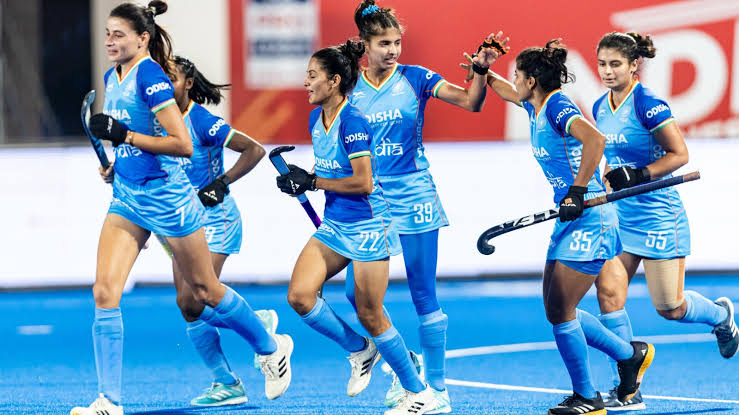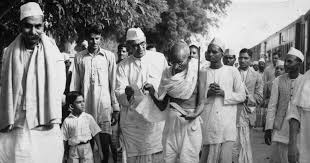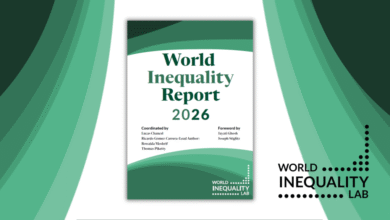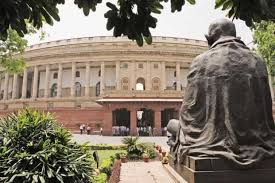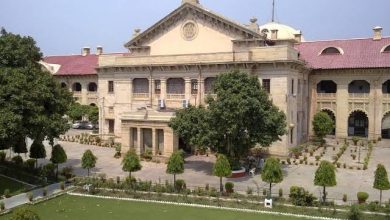100 Years of Indian Hockey: A Journey from Decline to Revival
V K Pant
Hockey is the sport I have played the most in my life — at school, college, and university levels. I have been listening to international hockey match commentaries ever since the 1969 Barcelona World Cup. When television became available, I began watching live matches as well. Whenever there is an international match in a nearby stadium, I make it a point to go and watch it. Even today, if there is one sport I feel deeply connected to, it is — without a doubt — hockey. As Indian hockey completes 100 years in 2025, I felt inspired to write something about it.
The year 2025 marks 100 years of Indian hockey. Though the Indian Hockey Federation was officially formed in 1925 in Gwalior, the sport had already taken root in the country through the British and military cantonments. In 1928, India made its Olympic debut in hockey and went on to win the gold medal. What followed was a golden era: six consecutive Olympic gold medals and a deep connection between hockey and national pride. Hockey had become the national game of India.
Even after independence, the brilliance of Indian hockey continued. Although European power and Pakistan has emerged as hockey powers in world. A gold medal at the 1964 Tokyo Olympics and the World Cup victory in 1975 once again brought India global recognition.
However, after the 1980s, India’s dominance began to wane due to the advent of artificial turf, evolving technology, and the aggressive strategies adopted by European nations. Bureaucratic interference, mismanagement, internal politics, and lack of grassroots investment weakened the sport over time
Despite this, India occasionally performed well—qualifying for the Olympics and the World Cup, and sometimes even winning gold at the Asian Games—thanks to the individual brilliance of great players like Zafar Iqbal, Mohammed Shahid, Manohar Toppo, Pargat Singh, Dhanraj Pillay.
But once these stalwarts retired, the situation worsened. At the 2006 Asian Games in Qatar, India failed to even reach the podium for the first time. And in 2008, India couldn’t even qualify for the Beijing Olympics. I witnessed this decline of Indian hockey on Doordarshan, and The Hindu newspaper carried the headline on its front page: “A Day of National Shame.”
Yet, that failure became a turning point. The then Sports Minister Dr. M.S. Gill took bold decisions. The Indian Hockey Federation, mired in controversy, was dissolved, and Hockey India was formed as a new, more transparent governing body. Later, Ajay Maken, as Union Sports Minister, implemented the National Sports Development Code, promoting ethical governance and transparency across sports federations.
Meanwhile, in Uttar Pradesh, the then Chief Minister Akhilesh Yadav took steps to revive hockey specially women hockey by improving infrastructure, organizing tournaments at Lucknow, and offering financial support to players. Under his leadership, 2016 Junior Hockey World Cup was held in Lucknow where India won. This was a move that inspired youth engagement with the sport.
But the most transformative support came from Naveen Patnaik, the then Chief Minister of Odisha. In 2018, after Sahara India withdrew its sponsorship of Indian hockey, Odisha stepped in. Declaring Odisha the official sponsor of both men’s and women’s teams, Patnaik committed over ₹100 crore. More importantly, the state built world-class hockey stadiums in Bhubaneswar and Rourkela, successfully hosting the Men’s Hockey World Cups in 2018 and 2023. After India’s bronze win in the Tokyo Olympics 2020, Patnaik honoured the players and cemented Odisha’s place as the new capital of Indian hockey. With his continued efforts Indian hockey continued their performance and again won bronze at Paris Olympic in 2024.
Thus, through a century of highs and lows — from colonial pride to post-Independence decline and now a renaissance — Indian hockey completes its 100-year journey. Leaders like M.S. Gill, Ajay Maken, Akhilesh Yadav, and Naveen Patnaik played crucial roles in its revival. Their efforts remind us that a sport rooted in our history can rise again when nurtured with vision, investment, and a deep sense of national pride.
Centenary Celebration: The Road Ahead
The 100 years of Indian hockey are not merely a story of medals, but a saga of national confidence, struggle, and resurgence. It is not just a sport, but a cultural legacy that has brought India pride on the global stage.
As we celebrate this centenary, it is vital that we revive hockey at the village, town, and school levels. Attention must be given to junior and sub junior level so that India may once again become the global capital of hockey.

